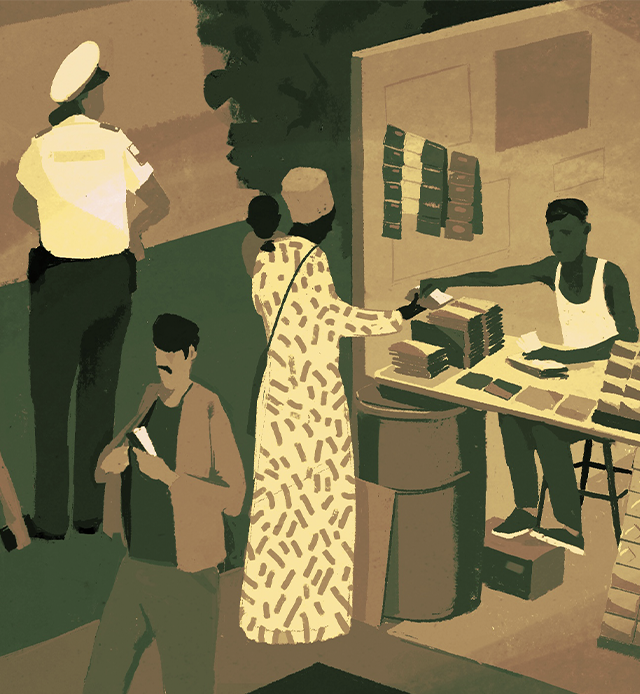References
Byron M, Cohen J, Frattaroli S, Gittelsohn J, Drope J, Jernigan D. Implementing smoke-free policies in low- and middle-incomecountries: A brief review and research agenda. Tob Induc Dis [Internet]. 2019 Aug 5 [cited 2021 Oct 18];17(August). Available from: http://www.journalssystem.com/tid/Implementing-smoke-free-policies-in-low-and-middle-income-countries-A-brief-review,110007,0,2.html
WHO report on the global tobacco epidemic, 2023: protect people from tobacco smoke. Geneva: World Health Organization; 2023. Licence: CC BY-NC-SA 3.0 IGO.
Faber T, Been JV, Reiss IK, Mackenbach JP, Sheikh A. Smoke-free legislation and child health. npj Prim Care Resp Med. 2016 Dec;26(1):16067.
Myers V, Lev E, Guttman N, Tillinger E, Rosen L. “I can’t stand it…but I do it sometimes” parental smoking around children: practices, beliefs, and conflicts – a qualitative study. BMC Public Health. 2020 Dec;20(1):693.
Byron M, Cohen J, Frattaroli S, Gittelsohn J, Drope J, Jernigan D. Implementing smoke-free policies in low- and middle-incomecountries: A brief review and research agenda. Tob Induc Dis [Internet]. 2019 Aug 5 [cited 2021 Oct 18];17(August). Available from: http://www.journalssystem.com/tid/Implementing-smoke-free-policies-in-low-and-middle-income-countries-A-brief-review,110007,0,2.html
WHO report on the global tobacco epidemic, 2023: protect people from tobacco smoke. Geneva: World Health Organization; 2023. Licence: CC BY-NC-SA 3.0 IGO.
Faber T, Been JV, Reiss IK, Mackenbach JP, Sheikh A. Smoke-free legislation and child health. npj Prim Care Resp Med. 2016 Dec;26(1):16067.
Myers V, Lev E, Guttman N, Tillinger E, Rosen L. “I can’t stand it…but I do it sometimes” parental smoking around children: practices, beliefs, and conflicts – a qualitative study. BMC Public Health. 2020 Dec;20(1):693.




